At least three different reporters on Tuesday asked John Clarke, one of this year’s Nobel Prize in physics laureates, how exactly we ended up with technology like the cellphone today from his obscure…
Category: 7. Science
-
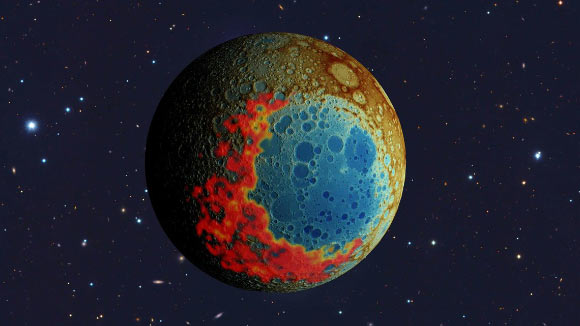
Southward Impact Excavated Magma Ocean at Moon’s Biggest Crater: Study
Roughly 4.3 billion years ago, when our Solar System was still in its infancy, a giant asteroid slammed into the far side of the Moon, blasting an enormous crater referred to as the South Pole-Aitken basin. This impact feature is the largest…
Continue Reading
-
A New Concept to Support Brain Recovery in
LONDON, Oct. 10, 2025 (GLOBE NEWSWIRE) — Concern over the long-term effects of head injuries in rugby and American football has inspired a new approach to athlete care. Oralift Neuro, an emerging concept at the initiation stage, explores how…
Continue Reading
-
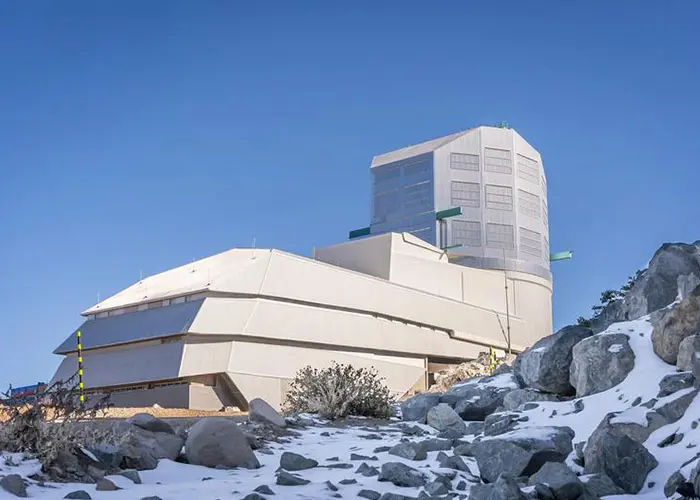
Discovery of binary stars the first step in creating movie of the universe
A world-first discovery of binary stars could be the first step in building a more complete picture of how our galaxy formed, according to astronomers from The Australian National University (ANU).
The discovery is part of an ambitious 10-year…
Continue Reading
-
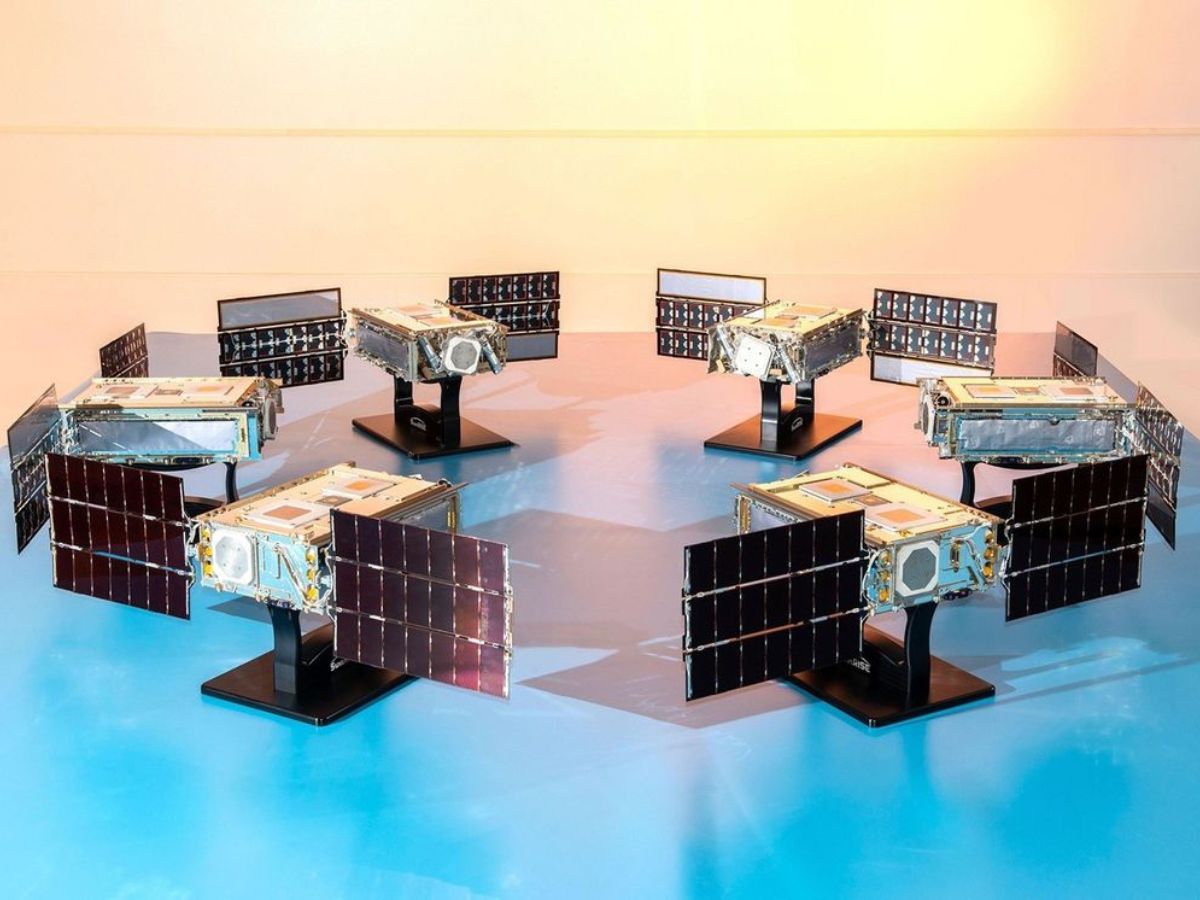
NASA to launch six satellites that will study and map particles from the Sun
The six SunRISE satellites (Image source: Space Dynamics Laboratory/Allison Bills; cropped) Continue Reading
-
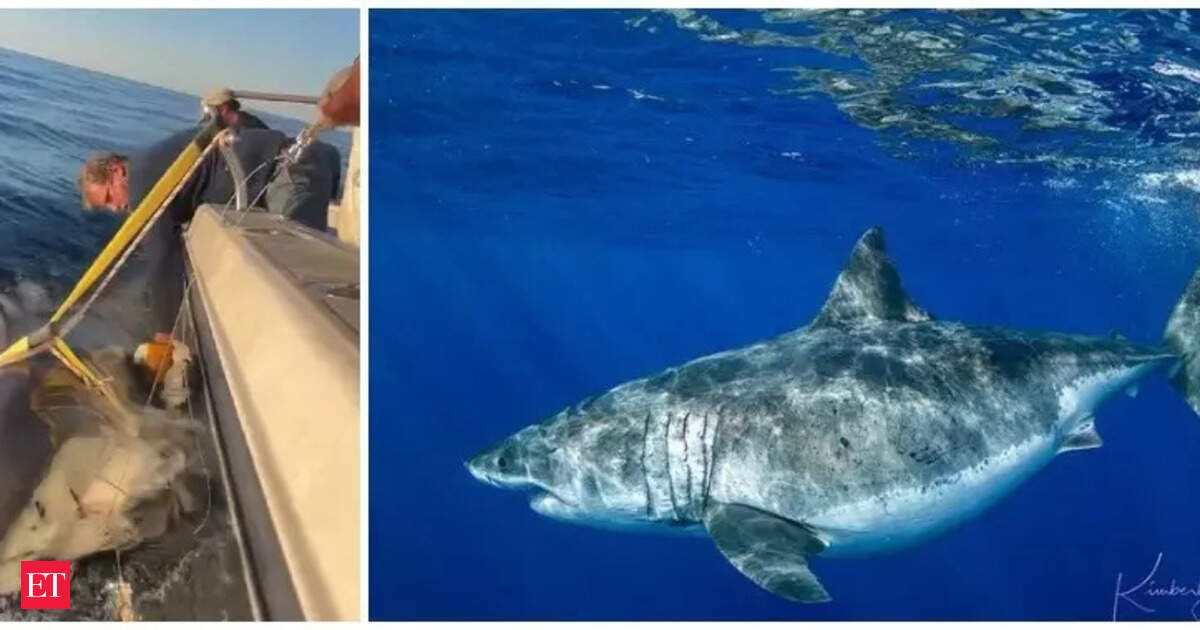
Largest male great white shark tagged in Atlantic resurfaces off Canadian coast; how it stacks up against the largest female shark
A nearly 14-foot adult great white shark, the largest male ever tagged in the Atlantic Ocean, was recently recorded in the northern Gulf of St. Lawrence, off the coast of Newfoundland and Labrador, according to tracking data from OCEARCH. The…Continue Reading
-

Fossil found on UK coast is unique ‘sword dragon’ species
 Jonah FisherEnvironment correspondent
Jonah FisherEnvironment correspondent Dean Lomax
Dean LomaxIchthyosaur experts Dr Dean Lomax and Professor Judy Massare with the 185m year old skeleton A near-complete skeleton found on Dorset’s Jurassic coast has been identified as a new species of…
Continue Reading
-

Radical Plan to Beam ‘Sunlight on Demand’ at Night Sparks Concerns : ScienceAlert
A proposed constellation of satellites has astronomers very worried. Unlike satellites that reflect sunlight and produce light pollution as an unfortunate byproduct, the ones by US startup Reflect Orbital would produce light pollution by…
Continue Reading
-

Rare ‘sword dragon’ with bite marks on skull found on UK coast. Experts know what killed it
A near-complete skeleton found in Dorset on the UK’s Jurassic Coast has been identified as a brand-new species of ichthyosaur.
These prehistoric marine reptiles look a lot like dolphins and from the Early Triassic (250 million years ago) to…
Continue Reading
-
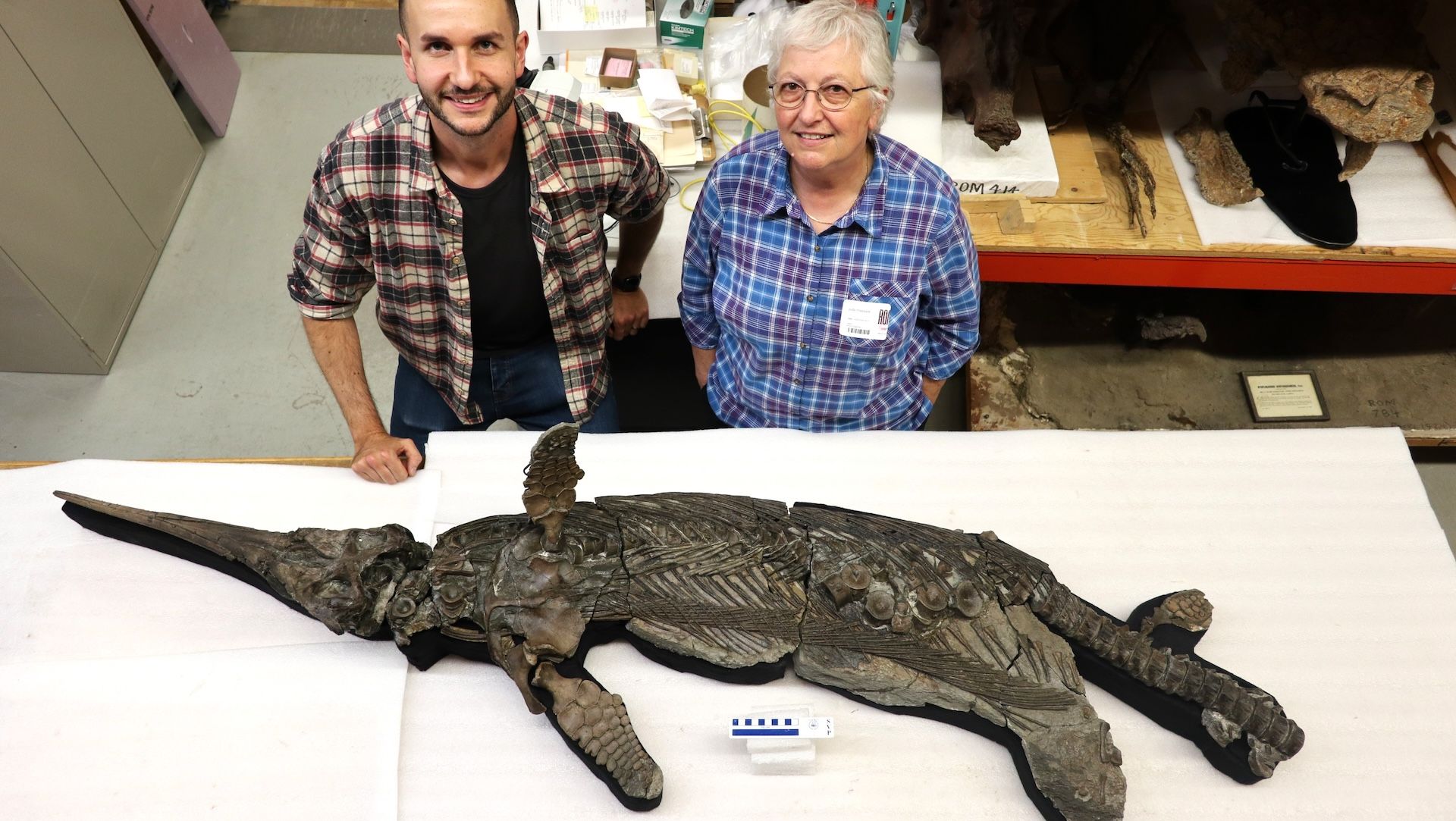
New species of Jurassic ‘sword dragon’ could help solve an evolutionary mystery
A nearly complete fossil skeleton found on the U.K.’s Jurassic Coast represents a newly identified species of ancient marine reptile that lived alongside dinosaurs.
The ichthyosaur, dubbed Xiphodracon goldencapsis, was likely around 10 feet (3…
Continue Reading

